Cisco polishes its platform but the network is still king
Cisco still believes its integrated platform will drive new value for customers, but its historic strength in networking is where it will have the edge in the AI era
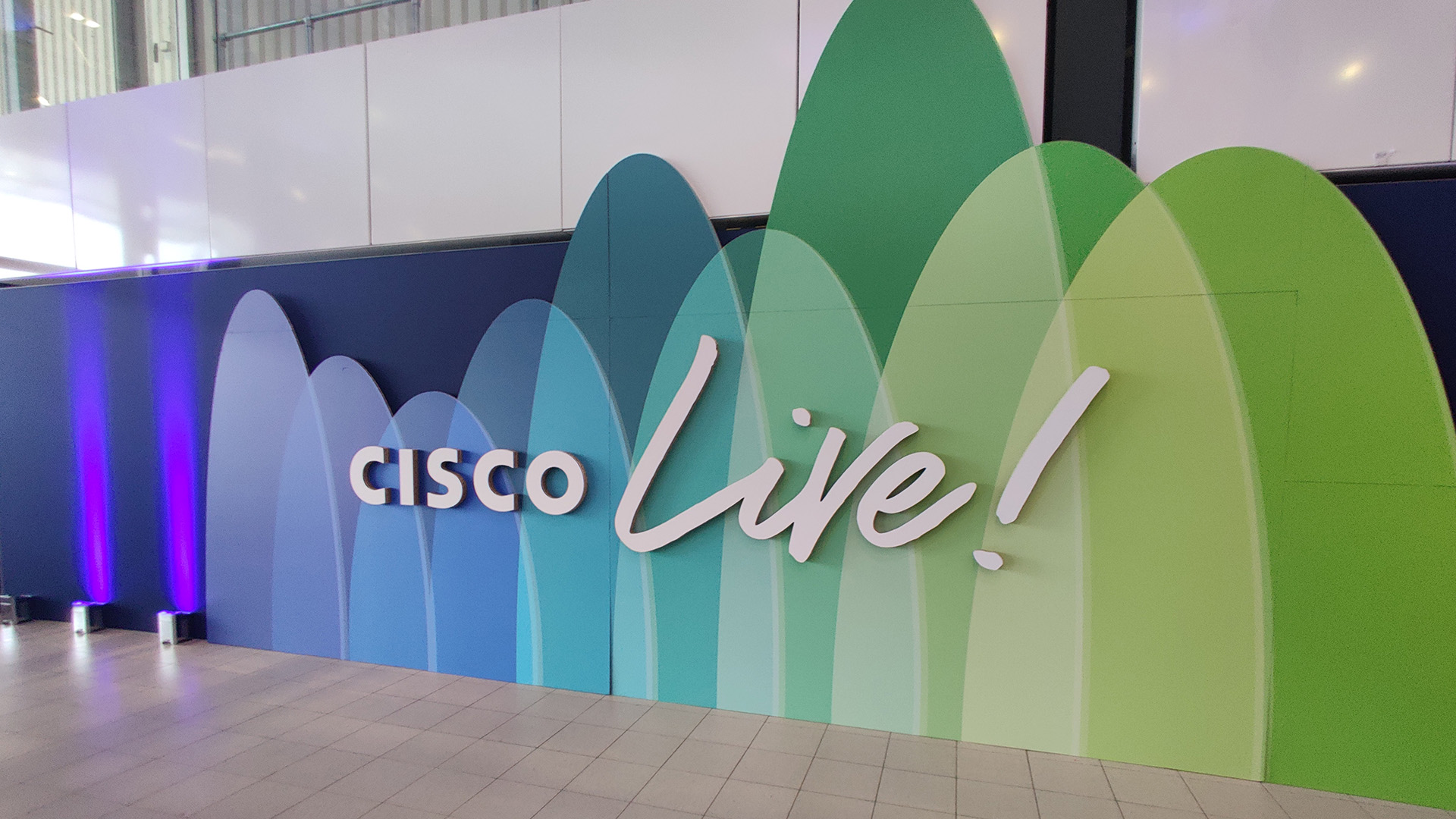

Last year, Cisco Live 2024 was my first proper introduction to the company in all its glory and if I’m honest I was somewhat overwhelmed by its scale and breadth.
Fortunately for me, the overriding theme in Amsterdam that year was tightly focused on unifying Cisco’s byzantine product ecosystem under one integrated platform. In 2024, the firm’s foremost storyteller Jeetu Patel, who was EVP and GM of security & collaboration at the time and now is Cisco’s chief product officer, set out his strategy for how Cisco was going to drive value for customers through its platform approach.
I found this to be a compelling vision. Businesses can derive significant value from integrated platforms that help them manage the complexity of their IT estate, as they rush to add various technologies to keep their services efficient and secure while contending with skills shortages that limit their ability to do so.
Fast forward to Cisco Live 2025 and this message was still there. But while simplifying complexity through integration remained a key undercurrent in many of Cisco’s announcements, the focus on the platform felt more implicit this year rather than the central theme of the event. This year’s announcements showed that while the unified approach is important to Cisco, it’s the quality of the networking and security products being unified that’s really the key to its success.
Throughout the event, Patel stressed the importance of the company’s networking and security announcements in the context of Cisco’s wider ecosystem. Take the new N9300 Series Smart Switches, for example, built using Cisco’s Silicon One architecture and now featuring AMD’s Pensando data processing units (DPUs).
These new switches aren’t the first to be equipped with DPUs but Cisco says their unique value comes with the combination of these switches and its existing Hypershield security architecture, something competitors can’t offer.
By combining of these two offerings promises to bring advanced security inspection and segmentation services across a distributed network, giving end-users the ability to embed security at the micro service level.
Get the ITPro daily newsletter
Sign up today and you will receive a free copy of our Future Focus 2025 report - the leading guidance on AI, cybersecurity and other IT challenges as per 700+ senior executives
The convergence of networking and security is something Cisco has always had a strong focus on and this marks a significant milestone towards that end.
Its first forays into networking security were a natural progression from pure networking products] and since then the firm has relentlessly pursued becoming a fully fledged security company with a series of acquisitions. Integrating these security services into the networking side of the business has been a significant focus for Cisco over recent years, and now it looks like this is coming to fruition.
On stage Oliver Tuszik, EMEA president at Cisco, stressed the old adage that today every company is a tech company. Giving it a 2020s twist, he added that every company is now also becoming an AI company – making digital resilience the other side of the coin from business resilience.
Considering the fact that the network is the backbone of any IT estate, consolidating security and networking has always been an easy decision for Cisco, and now it can look to reap the benefits.
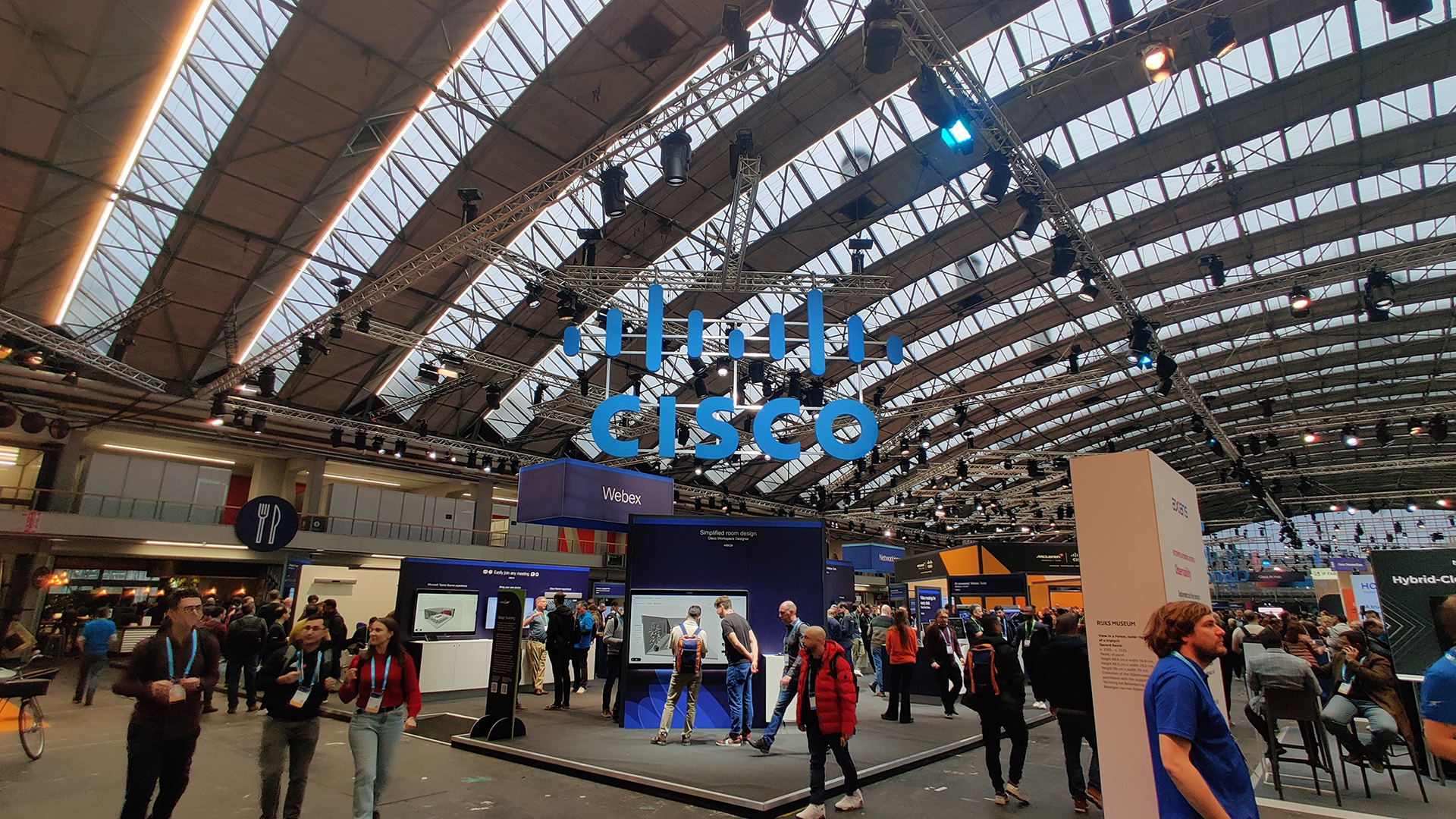
Cisco’s bread and butter is still the network – especially for AI
With the complications of AI advancements such as DeepSeek and Operator (OpenAI’s AI agent) will put new burdens on IT teams. Patel predicted that businesses could be using hundreds or thousands of models, and multiple AI agents in multiple different data centers, which will place unprecedented strains on networking infrastructure.
Across the course of the event, Cisco didn’t shy away from showing off a stream of products they were bringing out to address this fact. A new AI server, the UCS C854A M8 fills out a previously missing part of Cisco’s AI data center portfolio with a flexible solution dedicated for training large models.
The company’s Agile Service Networking architecture, Cisco 8000 Series routers and pint-sized Coherent Pluggable Optics, also serve the same aim of helping customers modernize their networks ready for the oncoming wave of AI workloads they envisage running in the near future.
Speaking to ITPro, Bola Rotibi, chief of Enterprise Research at CCS Insight, agreed that this year the explicit references to the platform took a back seat as the firm leant back on its networking bona fides, but she said this was a shrewd move in many ways and highlighted where Cisco really has an edge on the competition.
“I think they’ve made some very smart acquisitions but at the same time I think where they have not lost their edge is that they are the network company and that everything they think about has to be framed in how we help people with all the other pieces," she explained.
“So the story about the network driving AI is a really smart move because it allows them to talk about various technologies from their strength and their focus on the network, I think that’s a really smart move.”
This isn’t to say the platform was completely sidelined, however. Patel cited the platform during the opening as a structural advantage Cisco has that it can use to capitalize on key technological shifts this year, namely DeepSeek’s seismic impact on the AI industry as well as the ongoing fervor around AI agents in the enterprise.
Patel described it as Cisco’s ‘platform advantage’ that ensures that as customers invest in new infrastructure according to these two macro trends they see a compounding value of the platform.
RELATED WHITEPAPER
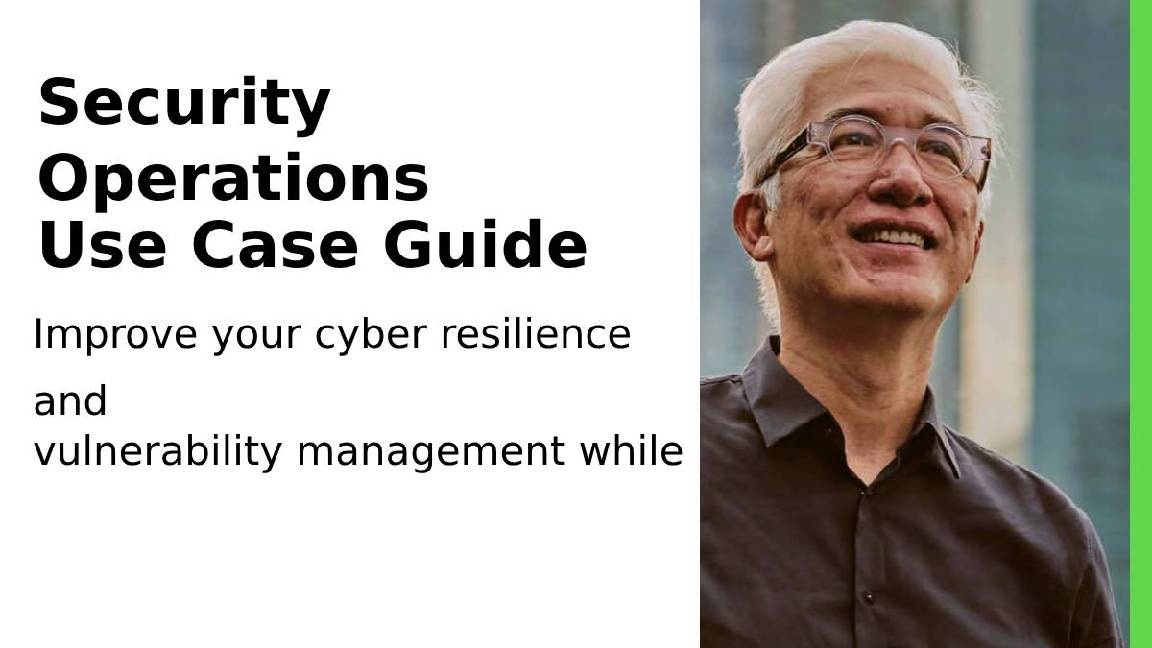
“Every single capability and product that we build should reduce the marginal cost of ingestion of every subsequent product that’s actually going to be ingested by you.”
“We want to make sure that the cost of adopting new technology from Cisco goes down precipitously and it compounds value in the products that you might already have.”
Both Tuszik and Patel expressed that they were “bullish” on the firm's position in the market moving forward, but with financial disclosures to come in the days following the conference they couldn’t elaborate.
It looks like they were right to be confident, however, as the firm raised its annual outlook citing strong demand for AI networking infrastructure with its stock jumping to a 24-year high.
My only concern last year around Cisco’s platform ‘story’ was that there was no mention of how other vendors would fit into this picture, and the company did little to reassure me this year either. The IT ecosystem is defined by heterogeneity and no matter how big, Cisco will need to demonstrate how its platform connects to business solutions from other vendors, and how it will help customers manage this complexity.
MORE FROM ITPRO
- Cisco wants to capitalize on the ‘DeepSeek effect’
- Cisco is jailbreaking AI models so you don’t have to worry about it
- Cisco dispels Kraken data breach claims, insists stolen data came from old attack
- A CIO's trifecta in edge networking: AI, 6G, and security

Solomon Klappholz is a former staff writer for ITPro and ChannelPro. He has experience writing about the technologies that facilitate industrial manufacturing, which led to him developing a particular interest in cybersecurity, IT regulation, industrial infrastructure applications, and machine learning.
-
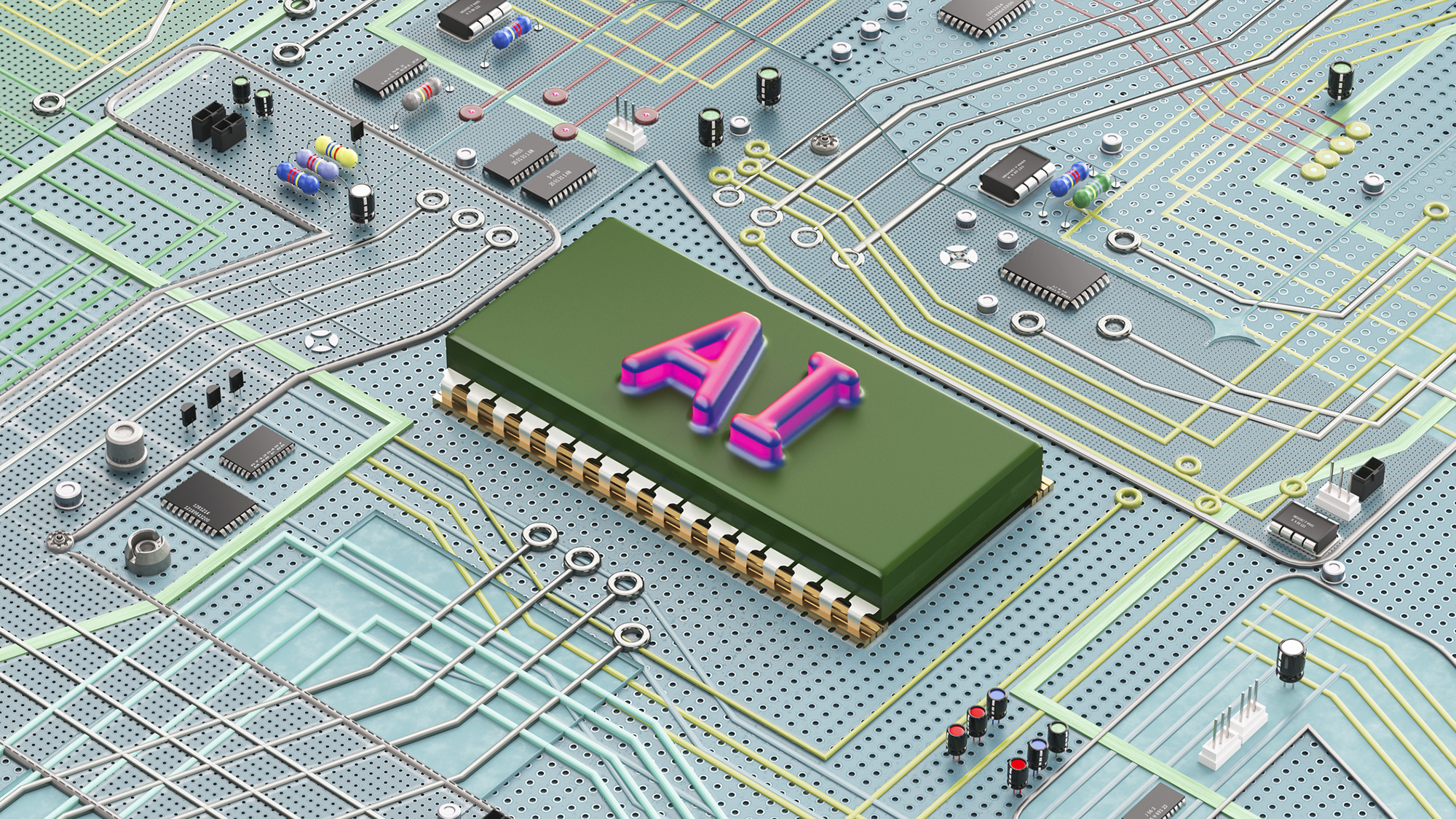 Should AI PCs be part of your next hardware refresh?
Should AI PCs be part of your next hardware refresh?AI PCs are fast becoming a business staple and a surefire way to future-proof your business
By Bobby Hellard Published
-
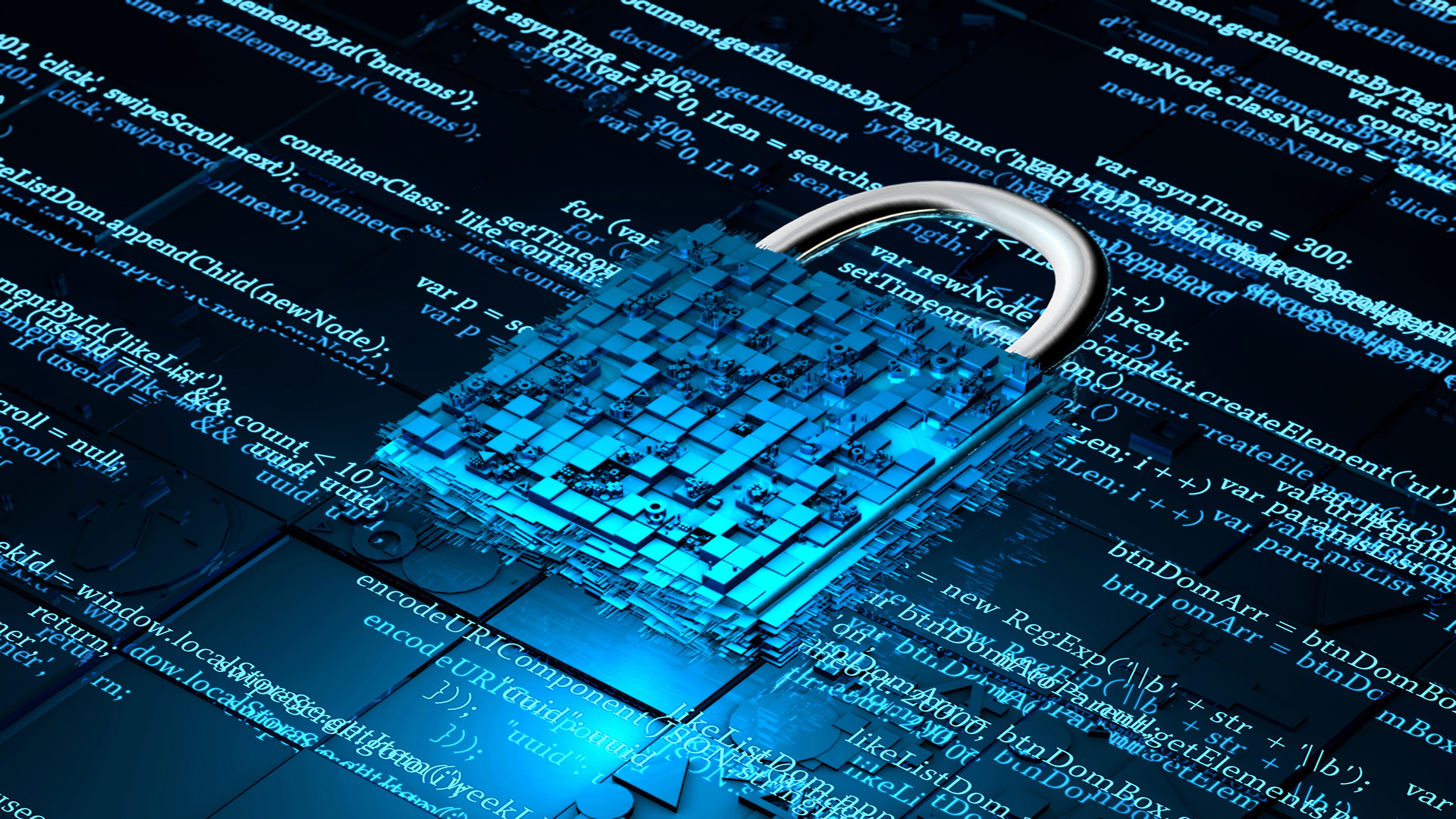 Westcon-Comstor and Vectra AI launch brace of new channel initiatives
Westcon-Comstor and Vectra AI launch brace of new channel initiativesNews Westcon-Comstor and Vectra AI have announced the launch of two new channel growth initiatives focused on the managed security service provider (MSSP) space and AWS Marketplace.
By Daniel Todd Published
-
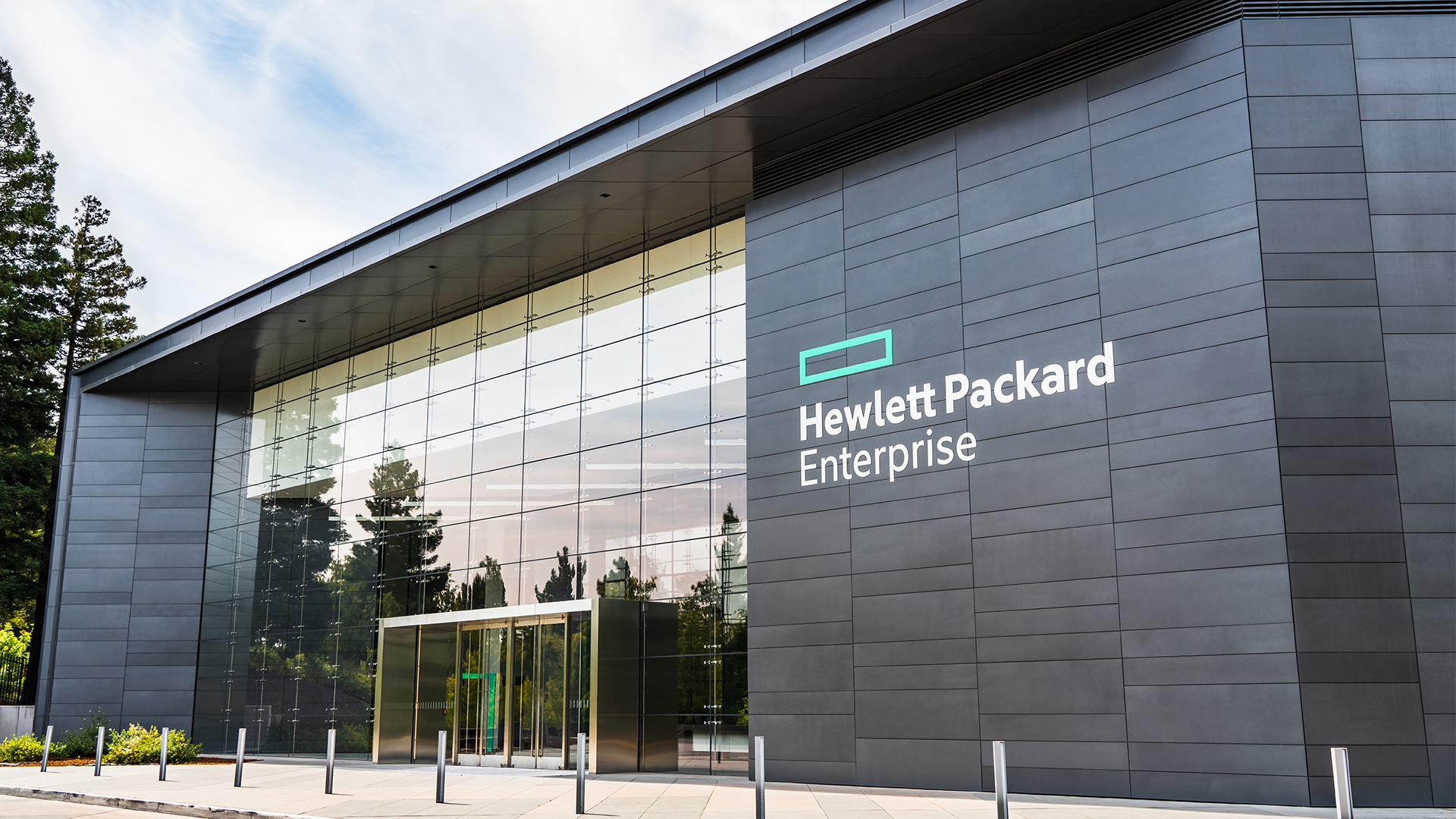 ‘Divorced from reality’: HPE slams DOJ over bid to block Juniper deal, claims move will benefit Cisco
‘Divorced from reality’: HPE slams DOJ over bid to block Juniper deal, claims move will benefit CiscoNews HPE has criticized the US Department of Justice's attempt to block its acquisition of Juniper Networks, claiming it will benefit competitors such as Cisco.
By Nicole Kobie Published
-
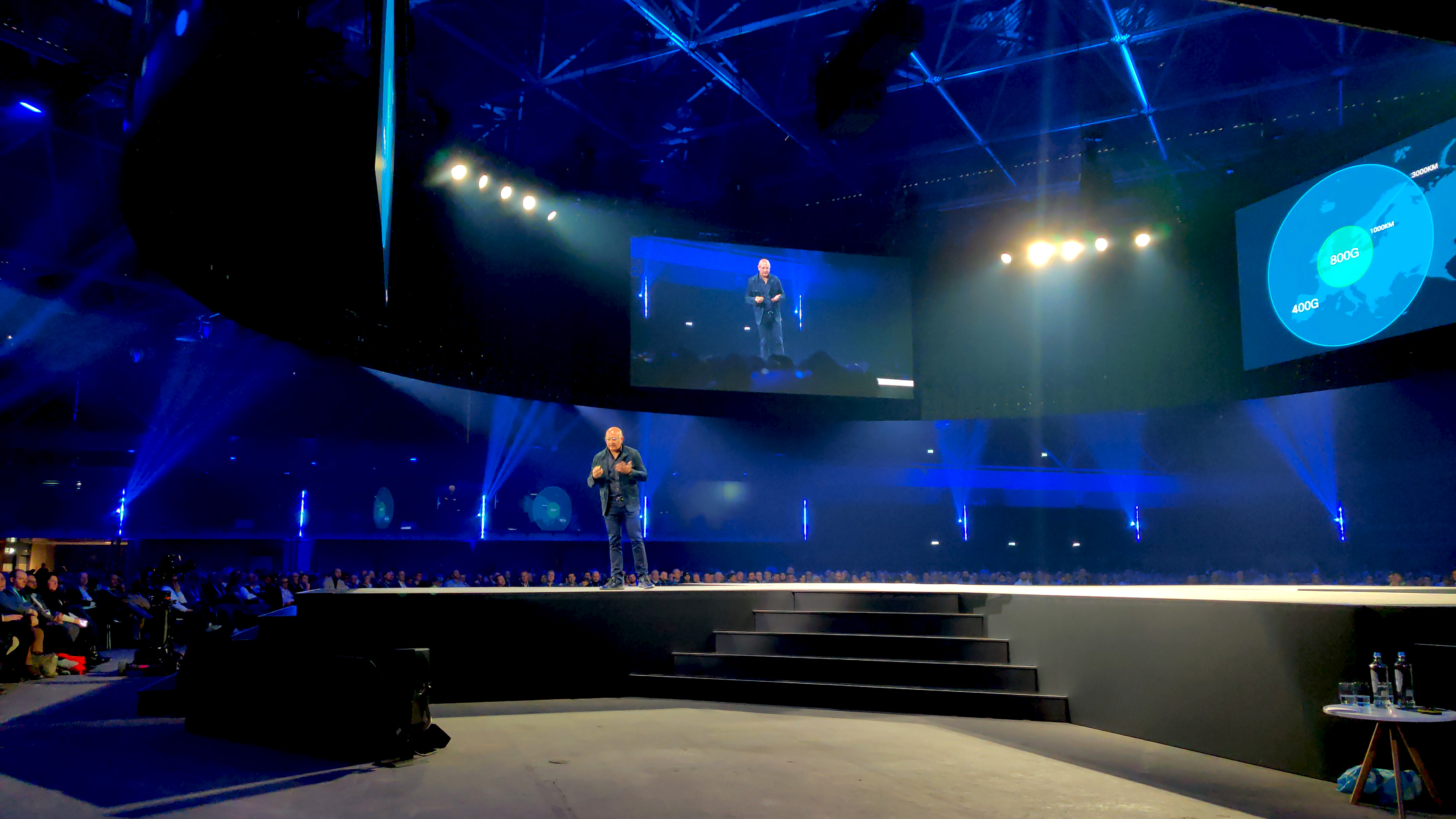 Cisco wants to capitalize on the ‘DeepSeek effect’
Cisco wants to capitalize on the ‘DeepSeek effect’News DeepSeek has had a seismic impact, and Cisco thinks it has strengths to help businesses transition to AI-native infrastructure
By Solomon Klappholz Published
-
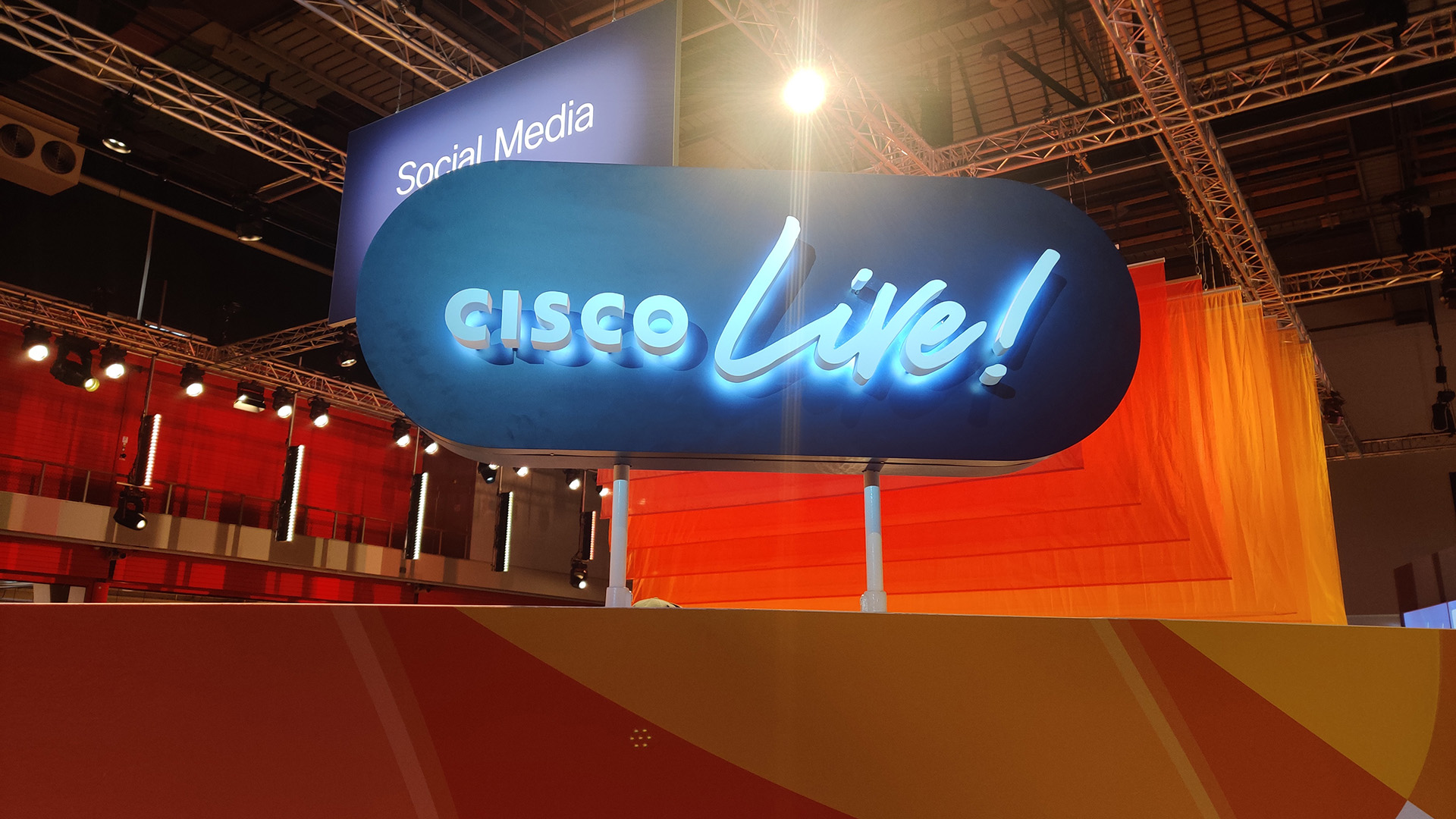 Cisco Live EMEA 2025: All the news and updates as they happen
Cisco Live EMEA 2025: All the news and updates as they happenLive Blog Stay up to date with the latest information live from Amsterdam at Cisco’s annual EMEA conference
By Solomon Klappholz Last updated
-
 How embracing flash storage helped Mississippi’s tax authority boost critical apps
How embracing flash storage helped Mississippi’s tax authority boost critical appsCase study By ditching legacy systems and switching to flash storage, Mississippi’s Department of Revenue improved its backup strategy and cut restore times by more than a day
By Steve Ranger Published
-
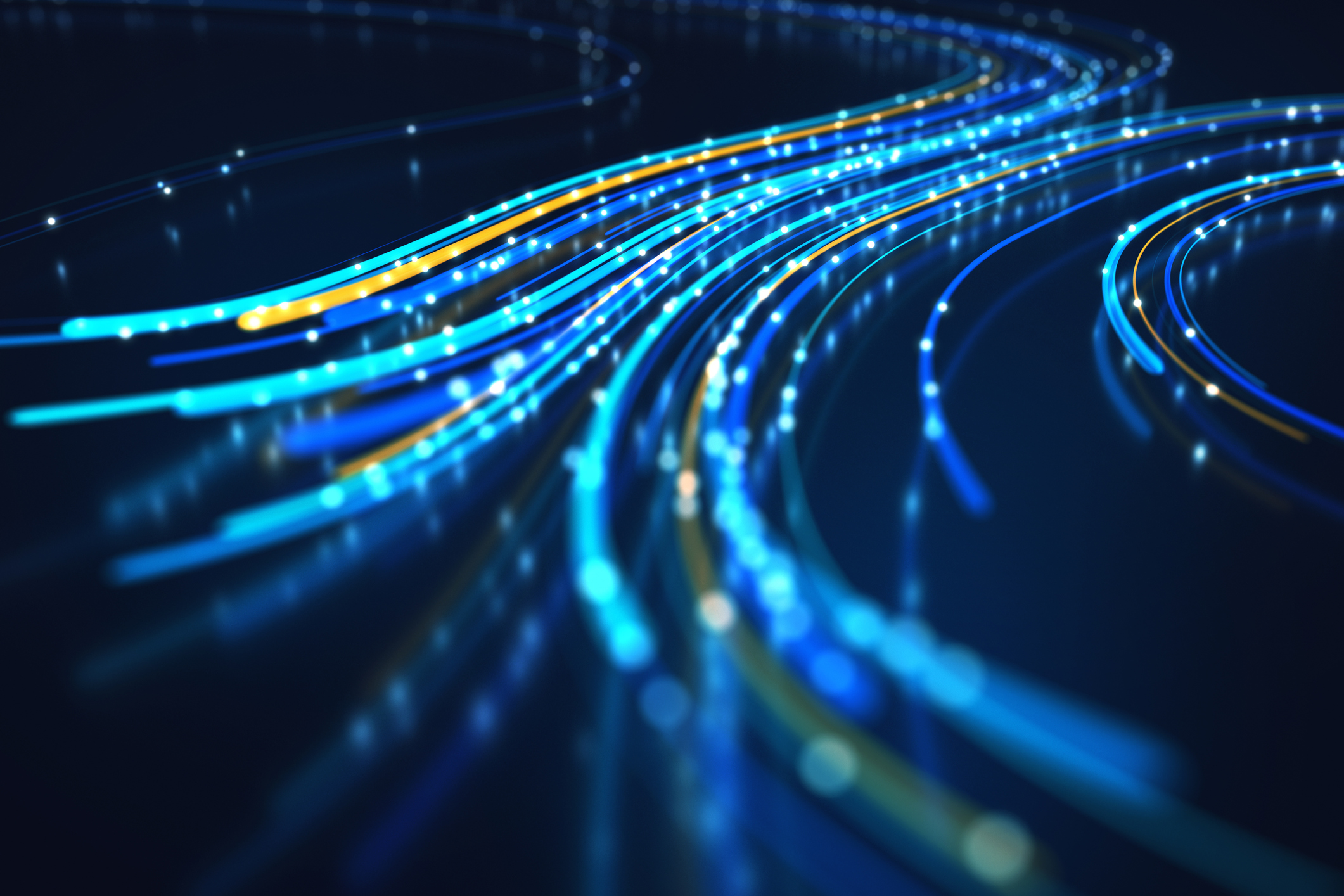 The US just expanded funding for 5G Open RAN in a bid to help telecoms firms crack Huawei dominance
The US just expanded funding for 5G Open RAN in a bid to help telecoms firms crack Huawei dominanceNews The funding for 5G Open RAN aims to help US companies get a bigger slice of the network infrastructure market – and challenge Huawei’s dominance
By Steve Ranger Published
-
 Cisco wants customers to ramp up AI adoption, so it’s partnering with Nvidia to bridge infrastructure hurdles
Cisco wants customers to ramp up AI adoption, so it’s partnering with Nvidia to bridge infrastructure hurdlesNews Cisco has announced a new partnership with Nvidia to offer enterprises integrated, secure, and scalable data center solutions in a bid to drive AI adoption
By Solomon Klappholz Published
-
 Cisco Live 2024: All the updates and announcements as they happen
Cisco Live 2024: All the updates and announcements as they happenLive Blog Stay up-to-date with the latest news and announcements from Cisco Live 2024 in Amsterdam
By Solomon Klappholz Last updated
-
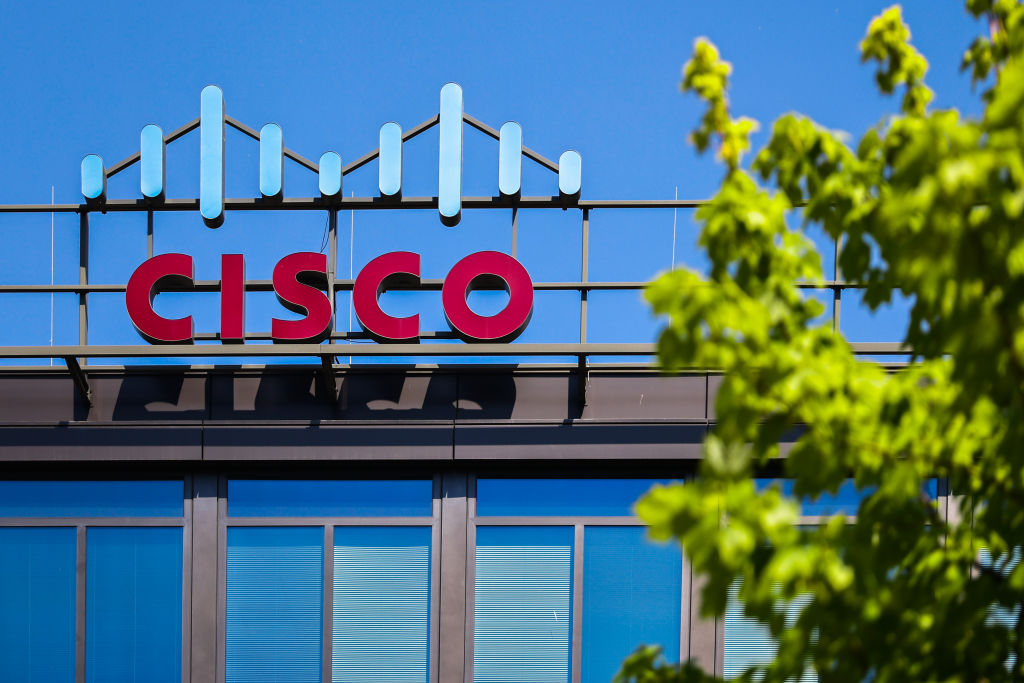 Everything you need to know about Cisco
Everything you need to know about CiscoIn-depth A brief guide to Cisco, a pivotal force in the development of networking technology
By David Howell Last updated